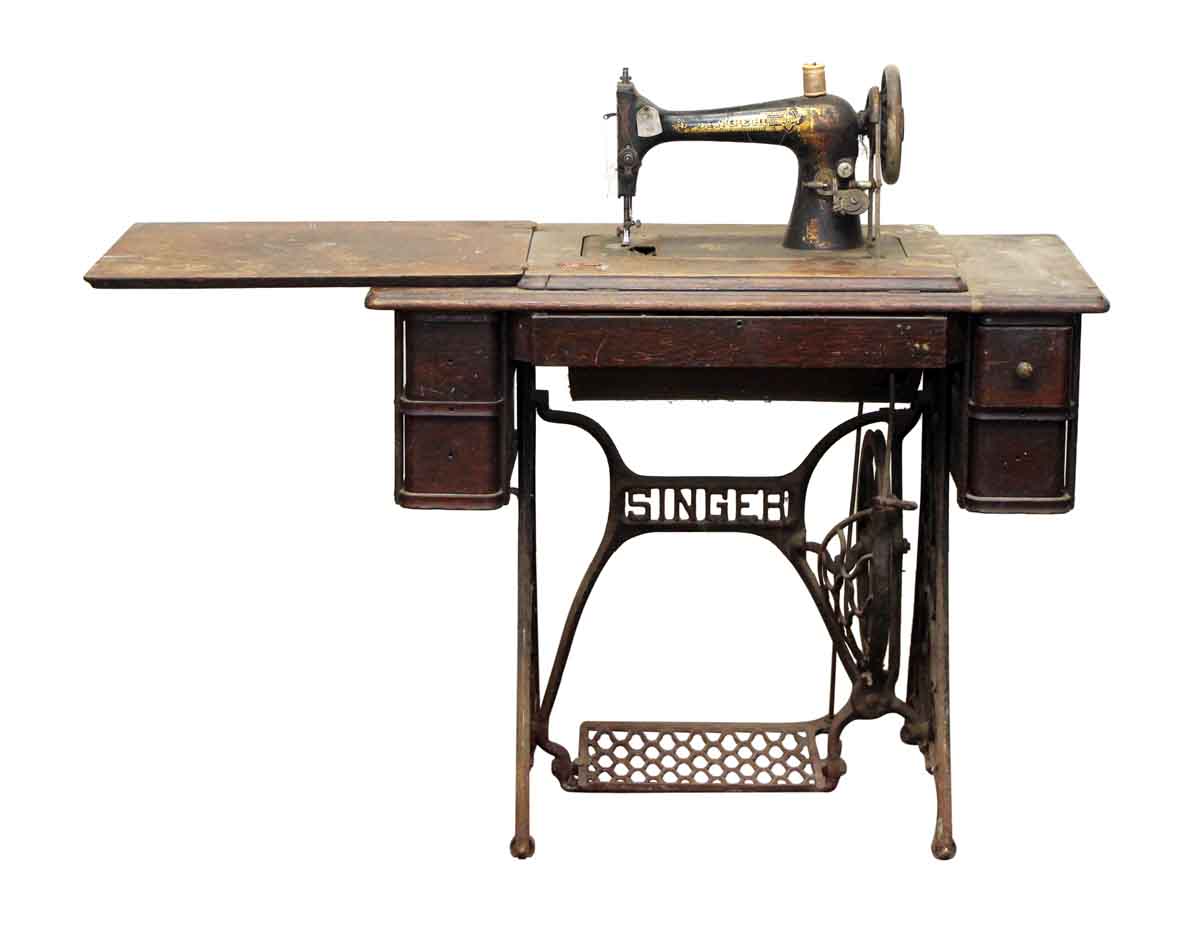
I haven't used it yet since we moved, so it was high time! She still sews like a dream. Since my trusty treadle has a half quilted quilt on it, I dug out my black Singer 301 and unpacked all the attachments and got it set up to sew again.
#WHAT YEAR IS MY SINGER TREADLE AB631442 FREE#
This was connected to a free wheel device via a cord, which translated the motion from linear into circular.

The history of the "domestic" treadle sewing machine, as well as its foreign counterparts, would not be complete without a discussion of the attempts to improve on this technology. One of those who adopted his mechanism was a man who would make the treadle sewing machine a household item, Isaac Singer. Howe had difficulty marketing his invention and defending his patent. His machine could create a lock stitch with a process that utilized thread from two different sources.

Thimonnier's factory.ġ846 saw the first American patent for a sewing machine awarded to Elias Howe. Fearful of being unemployed because of the new machine, area tailors destroyed Mr. This machine was powered by a treadle and what's more, it worked! Soon he had eighty machines going and a lucrative contract for army uniforms from the French government. Then, in 1830, a French tailor named Barthelemy Thimonnier invented a machine that used a single thread and a hooked needle to make a chain stitch of the sort used in embroidery.


1818: John Doge and John Knowles invent the first American sewing machine.1814: Josef Madersperger, a tailor, awarded an Austrian patent.1810: Balthasar Krems of Germany invents a cap-sewing machine.1804: Scott John Duncan receives a British patent.1804: Thomas Stone and James Henderson receive French patents.Davis Sewing Machine Guide: Key Models & Valuesīetween 18, no fewer than five different attempts were made to build a working sewing machine, none of which were successful.Antique Singer Sewing Machines That Changed the Game.Antique Sewing Machines: A Historical Look.While it is unclear if he ever actually built a working prototype of his machine, which was designed for leather working, a machine built using Mr. The first patent for a sewing machine was awarded to the British cabinet maker Thomas Saint in 1790.


 0 kommentar(er)
0 kommentar(er)
